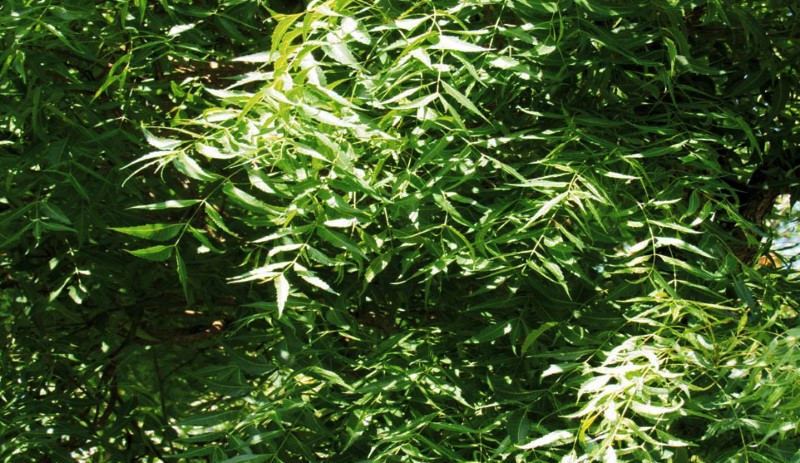Digital Garden
Trees of SN College Chempazhanthy:
Azadirachta indica A. Juss.
ആര്യവേപ്പ്
| Synonym: | Melia azadirachta L. |
| Sub Family | Meliaceae |
| Local Names: | Aryaveepu, Neem, Indian lilac, Margosa Tree |
 |
|
Flowering and fruiting period: February – September Key Characters: Neem, an evergreen tree with bark greyish-brown having verticale striations. Leaves imparipinnate, alternate, rachis slender and swollen at base. Leaflets are opposite; with lanceolate or falcate lamina, and serrated margin. Flowers are bisexual, white, in axillary panicles; sepals 5, ovate, margin ciliate; petals 5, free, white, oblong-obovate, pubescent, and imbricate. Staminal tube glabrous; anthers 10; ovary superior, style slender, stigma terete, 3-lobed. Fruit is a drupe. |
|